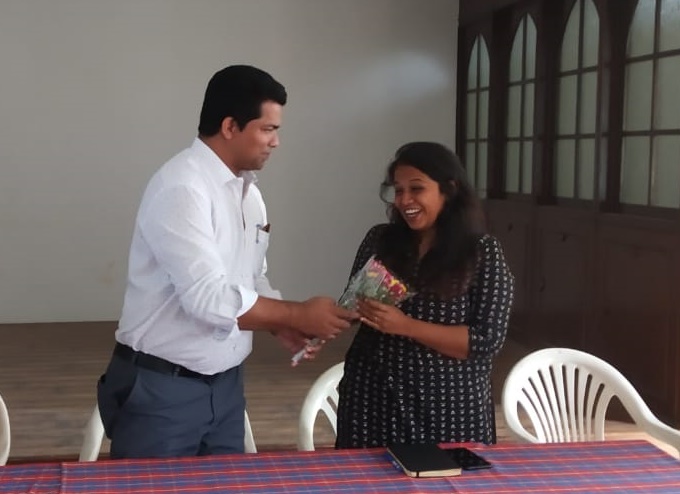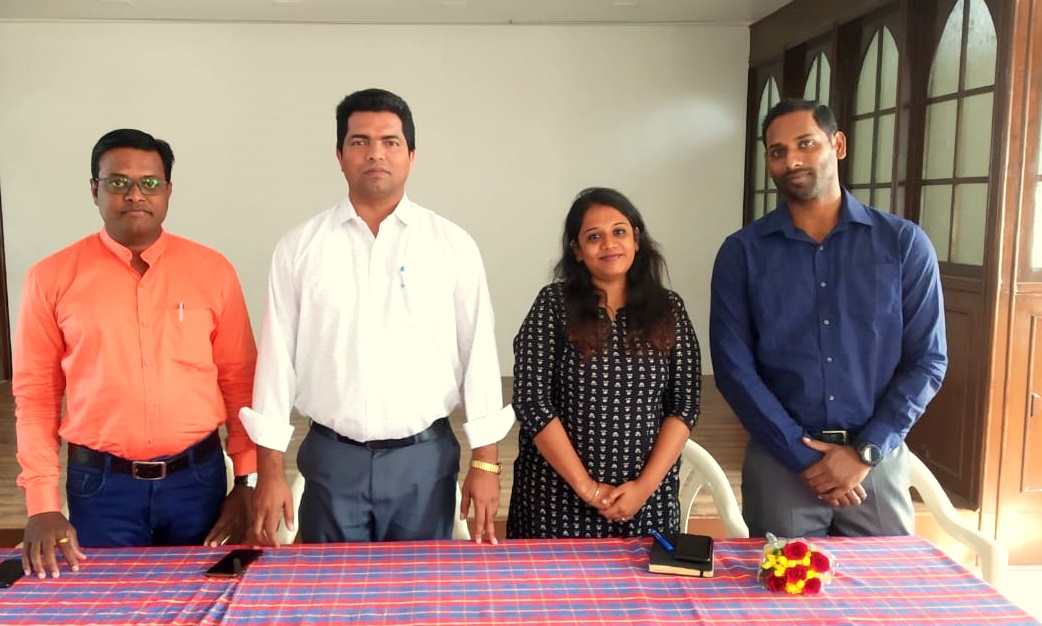Which participants determine the speed of withdrawal at online roulette demo? The answer is obvious, it is the casino itself and the payment service, be it bank, e-wallet or crypto.
Action-based photography for real-time documentation
From the very first photograph taken in the year 1826 or 1827, the technique, concept or perspective of photography has seen an unprecedented change. The black and white genre of photography has changed to multi-color fashion and branched into different styles.
Someone said, “A good photograph can speak more than 1000 words…”, the statement still stands true even today. People click photographs to capture memories and moments which makes them nostalgic.
The role of photographs cannot be underrated especially in the development sector. Recording events, narrating stories, creating awareness or moving emotions play a great deal while communicating.
Caritas India Sabal programme works intensively to bring change to the acute malnutrition scenario among Korku tribes of Maharashtra and Madhya Pradesh. Stories of change need evidence for its authenticity and acceptance which helps in creating more awareness, partnership, and support among the stakeholders.
Capturing action-based photographs is an art, and everyone must learn this skill to effectively communicate the change that they endeavour to bring among the community they work for. The Sabal team has been facing the challenge of recording and documenting the results and share the same with the coordinators every month. Consolidating large chunks of records and analyzing the results leave the coordinator and supervisor to devote less time in the supervision, evaluation and guiding the grassroots worker promptly. 70 – 80 percent of the coordinators time used to go in documenting and consolidating various results and records. Understanding the challenges faced by the Sabal team, Caritas India management team organized two days brainstorming workshop on 28th & 29th November 2019 at Divyodaya Pastoral Centre, Khandwa on capturing action-based photographs and developing the skills of the participants on real-time documentation.
Ms. Sneha Murchavade was invited as a resource person to take a session of action-based photography for the Sabal partners. Fr. Jayan Alex, Director KDSS welcomed Ms. Sneha that a good photograph can help to avoid various issues and problems. He also thanked CI to bring timely innovative capacity building trainings that help to enhance the skill of the team.
Ms. Sneha took the basic photography session coupled with a practical demonstration of the available tools such as mobile for capturing the results. The participants were given the task to capture results and the same were presented for feedback and suggestions for improvement. Participants were also given an understanding of cost-benefit analysis and its important to measure agricultural results by Mr. Mukund Deshmukh, Asst. Programme Manager.
Participants were given insights of programme core focusing on the significance of real-time documentation and its advantages over manual reporting system. Mr. Robin, Program Manager, Sabal shared about various tools available for reducing the efforts of documentation and simultaneously and how it can boost the efforts of the coordinators and field supervisors to devote more time to monitoring and evaluation for guiding the grassroots workers effectively. He also oriented the coordinator on using the newly developed child profiling analysis tool that will help to focus more on the strategy and planning rather than spending time on the child data entry.
Copyright Caritas India 2013 ! Developed by Neural Info Solutions Pvt. Ltd.


















































